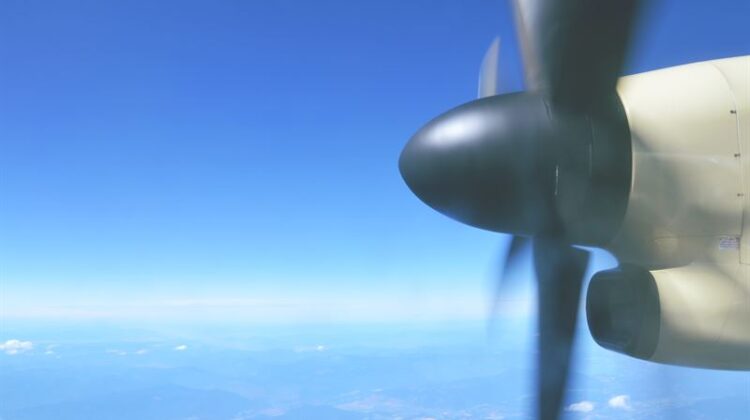
Researchers at Chalmers University of Technology in Sweden have developed a new method for optimising propeller design that paves the way for quiet, efficient electric aviation.
In recent years, electrification has been identified as the key pathway to reducing transport emissions. However, electric aviation faces a dilemma: the more energy-efficient an electric aircraft is, the noisier it gets. Propellers connected to electric motors are considered the most efficient propulsion system for regional and domestic flights, but they can be extremely noisy.
The noise from the propeller blades doesn’t just disturb passengers. Future electric aircraft will need to fly at relatively low altitudes, so noise disturbance will likely affect residential areas and animal life.
‘We can see that the more blades a propeller has, the lower the noise emissions, but with fewer blades, propulsion becomes more efficient and the electric aircraft can fly for longer,’ explains Hua-Dong Yao, an associate professor and researcher in fluid dynamics and marine technology. ‘In that sense, there is a trade-off between energy efficiency and noise. This is something of an obstacle for electric aircraft that are both quiet and efficient.’
But now, the Chalmers research team may be a step closer to a solution. They have succeeded in isolating and exploring the noise that occurs at the tip of the propeller blades, or ‘tip vortices’, a known but less well-explored sound source. By isolating this noise, the researchers were able to fully understand its role in relation to other noise sources generated by propeller blades. By adjusting a range of propeller parameters, such as pitch angle, chord length and number of blades, the team found a way to optimise the propeller design and even out the trade-off between efficiency and noise. The method can now be used as part of the design process to create quieter propellers.
‘Modern aircraft propellers usually have two to four blades, but we’ve found that by using six blades designed using our optimisation framework, you can develop a propeller that’s both relatively efficient and quiet,’ said Yao. ‘The propeller achieves a noise reduction of up to 5–8 dBA [A-weighted decibels – an expression of the relative loudness of sounds as perceived by the human ear] with only a 3.5 per cent thrust penalty, compared to a propeller with three blades. That’s comparable to the noise reduction of someone going from speaking in a normal conversation voice to the sound you would perceive in a quiet room.’
The research has been published in Aerospace.



